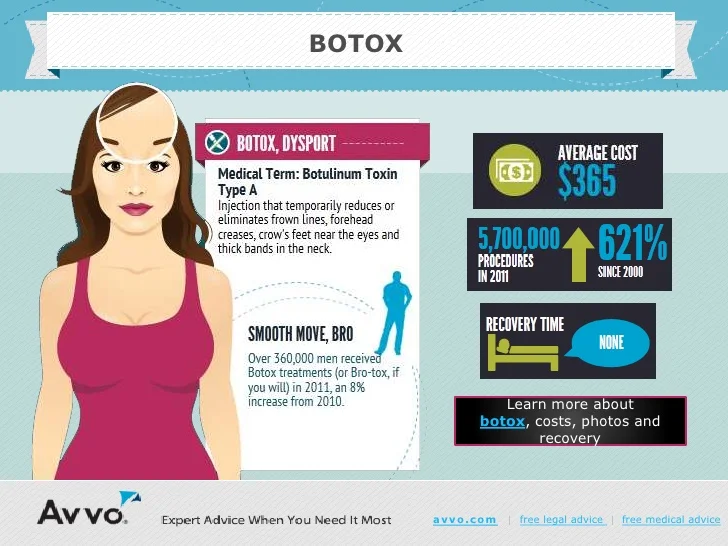What Is The Ph Of Acne Products
What Is The Ph Of Acne Products
Blog Article
Reasons for Acne on Cheeks
Acne breakouts in the cheek area are caused by several things, from touching your face frequently to not transforming your pillow case typically sufficient. Picking at acnes increases your threat of infection and scarring, and specific drugs can get worse dark areas (postinflammatory hyperpigmentation).
Thankfully, there are numerous methods to stop and treat cheek acne. These include:
1. Hormonal Changes
Acne is largely caused by hormones, particularly those created during adolescence and pregnancy. For some, a family history of acne may likewise add to their problem. Anything that blocks pores, such as oil-based skin care products or waxy hair products, can trigger acne. Various topical therapies, like benzoyl peroxide and salicylic acid, can deal with microorganisms and unclog pores. Those with extreme or persistent acne needs to look for therapy from their medical professional.
Stay clear of touching or pressing your acne, as this can press a few of the microorganisms deeper right into the skin, causing a much more serious breakout. It is also important to change pillow cases routinely and use clean makeup brushes. You should also try to avoid irritants such as friction from putting on a headgear or limited collar.
2. Diet plan
The greasy, sugary foods that many people believe trigger acne may actually not do so. In fact, studies have actually revealed that consuming a diet regimen abundant in whole, nutrient-dense foods helps to stop outbreaks.
Foods high in the glycemic index (such as white bread, corn flakes, blew rice and potatoes, doughnuts and other pastries) raise blood sugar level degrees promptly, and this can raise hormonal agents that improve oil manufacturing and cause acne.
Consuming cow's milk has actually likewise been linked to raised acne outbreaks. If you are a routine cow's milk drinker, you might want to try changing to low-fat or nondairy options that are fortified with calcium. In addition, consuming alcohol even more water can assist to reduce acne due to the fact that it assists to keep the skin hydrated.
3. Excess Oil
While oil is important for healthy skin, it can become a trouble when excessive sebum mixes with dead skin cells and obstructs pores. This mix can produce blackheads, whiteheads and pimples. The clogged pore wall can break down and spill microorganisms, dead skin cells and sebum into surrounding skin. This causes a red bump referred to as an acne. Sometimes these red bumps have pus in the facility from a microbial infection. Bigger contaminated bumps that appear like acne are called cysts.
There are lots of things that can cause excess sebum and clogged pores, consisting of hormonal agent changes, diet and day-to-day routines. Some examples consist of touching the face often, resting your hand on your cheek, making use of dirty make-up brushes and not changing pillow cases frequently.
4. Tension
If you're managing pain acnes or a multitude of blackheads and whiteheads, it may be time to talk to a skin doctor. They can recommend a reliable treatment that matches your skin type. Exercising relaxation and stress-reduction strategies likewise aids.
Acne can happen in the cheeks due to rubbing and pressure, such as when an individual touches their face frequently or uses a hat or sports helmet that scrubs versus the skin. It can likewise show up where greasy cosmetics and lotions scrub against the skin.
Prevent pressing acne, as this can push contaminated material deeper right into the skin and result in scarring. Rather, see a physician to learn more about preventative treatments like drug, skin care items and lifestyle modifications. Consuming a healthy diet plan of entire foods, getting 7 to nine hours of sleep and making use of noncomedogenic makeup and skin care items can all help reduce acne outbreaks.
5. Hair Products
Hair products are not commonly thought of as a source of breakouts, however they can contribute to acne on the cheeks in some individuals. Pomade acne, which is identified by small shut comedones and papulopustules, is commonly triggered by making use of oily hair products which contain comedogenic active ingredients such as specific oils and acetylated lanolin.
Picking hair items that don't consist of these possibly comedogenic ingredients is an important step towards reducing outbreaks. Also, making sure that hair items aren't coming in contact with the skin can aid prevent breakouts. For instance, putting on a scarf or bonnet during the night can restrict hair-to-face contact and decrease the chance that leave-in hair products will rub off onto the face.
Along with making use of a non-comedogenic moisturizer and washing with an acne face laundry, various other helpful mesotherapy techniques consist of: